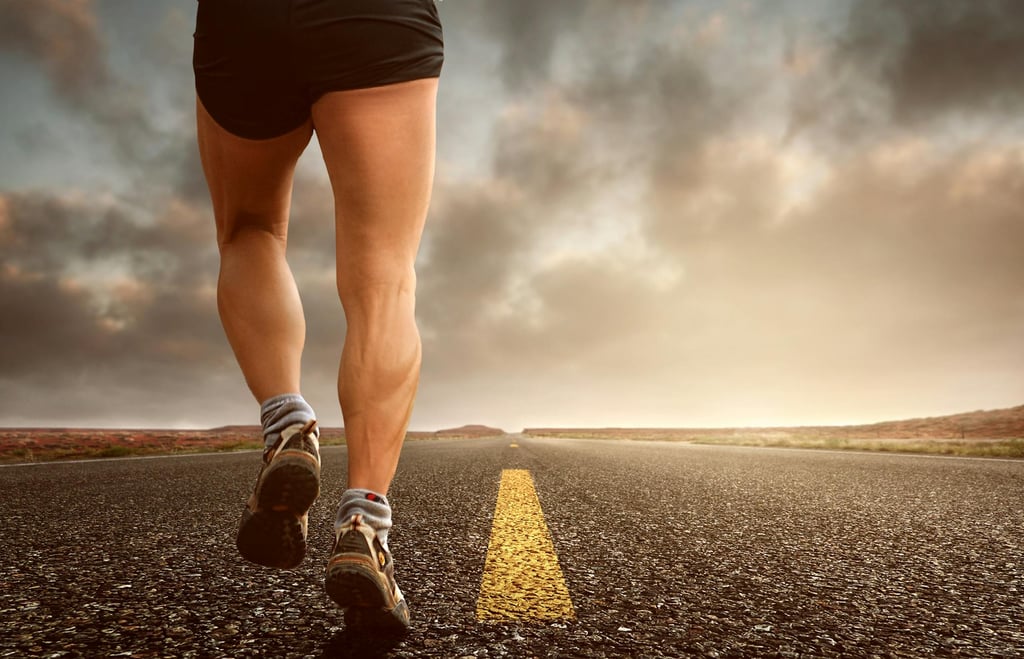Is varicose veins in the legs caused by blood vessel blockage?
Many people believe that varicose veins are caused by vessel blockage, but in fact, the majority of varicose veins are not due to vessel blockage but rather abnormal valve function. Only in rare cases are varicose veins related to vessel obstruction, such as post-thrombotic syndrome.
Varicose veins are a common manifestation of vascular disease, often seen in the lower limbs.
Veins are responsible for returning blood from various parts of the body back to the heart.
They rely on calf muscle contractions and one-way valves to assist blood flow back to the heart.
When the valves are damaged, abnormal shunting occurs, causing increased pressure in the veins and resulting in visible varicose veins!!
Factors such as prolonged standing or sitting, lack of exercise, and calf muscle weakness can increase the risk of lower limb varicose veins!!
As the condition progresses, varicose veins can cause discomfort and complications such as leg pain, swelling, heaviness, phlebitis, stasis dermatitis, bleeding, thrombosis, and ulcers!!
Prevention and management of varicose veins include the following measures: regular physical activity, avoiding prolonged standing or sitting, maintaining a healthy weight, wearing appropriate shoes and compression stockings, elevating the legs!!
If you experience symptoms of varicose veins, it is advisable to consult a doctor for evaluation and treatment advice!!
In recent years, more and more clinicians worldwide have been focusing on hemodynamic CHIVA, which corrects abnormal blood reflux to protect the venous network while treating varicose veins.


